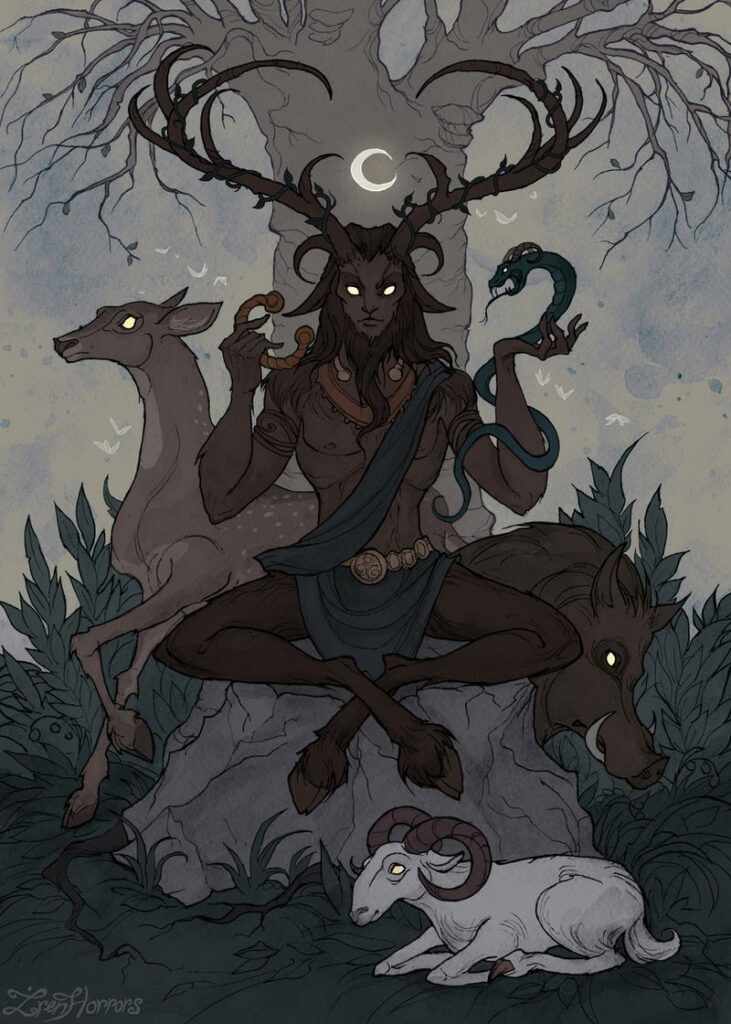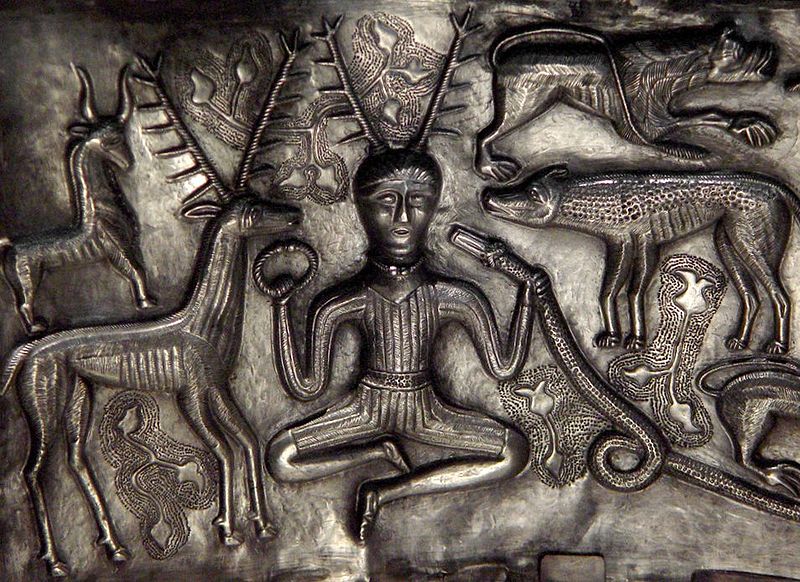By Dimitris Topalis,
The Celts were an amazing conglomeration of tribes with amazing staying power. They were neither a nation nor a race; they were groups of people bound by culture, language, and religion. The Celts refused to acknowledge the Roman rule, they were remarkable warriors, even under extreme situations. The exceeded in a hit and run warfare. Their mythology was formed in the Iron Age of the Celts, and it was polytheistic religion. The legends and the Celtic mythology were first recorded by Christian monks in Ireland and by Norman invaders in England. Most of the records were taken around the 11th century. The symbolism of death, rebirth, and life is found in Celtic mythology. The magic of the traditional world and nature pullulate with these legends. Since most of the records were by Romans, Celtic gods got Roman names and descriptions. Celtic mythology originates from the traditional individuals of Eire and Wales. Celts conjointly lived within the geographical area of Bretagne and Scotland.
The Celtic Deities
The knowledge that we possess about the Celtic deities is limited because the stories of them were not written down by the Celts. Instead, they were passed on from tradition, from one generation to another. The most important Celtic deities were seven. First, there is the Tuatha Dé Danann. They were a collection of supernatural beings that lived in the Otherworld but were able to interact with humans within the mortal realm. The Dagda was their leader, making him the head of the pantheon of Celtic gods. Often depicted as a large, powerful, and bearded father-like figure wielding a club, his name is thought to mean “the Good God” and he was associated with fertility, agriculture, manliness, and the weather. Then we have the Morrígan, who was the deity of battle, war, and fate. However, she wasn’t only one person however rather a trio of people called Macha, Nemain, and Badb, who were aforementioned to every represent totally different aspects of combat. She was romantically joined with the deity Dafda and power-assisted him to ending throughout a great war against the Fomorians, the adversaries of the Tuatha De Danann
Lugh or Lug, although he was one of the last to be added to the pantheon of Celtic gods, was one of the most important gods in Celtic mythology and a prominent member of the Tuatha Dé Danann. Lugh was almost a master at everything. He is described as a youthful warrior, king, and craftsman. Brigid or Brigit, who was the daughter of the Dagda, is a member of Tuatha Dé Danann and is associated with healing, fire, wisdom, blacksmithing, cattle, and poetry, placing her in contrast to the more foreboding Morrígan. However, like Morrígan, she may have also have been a triple deity, worshipped in equal measure for her healing, her poetry, and her forging. Then we have the goddess Danu, although we do not know a lot about the goddess, what we know for a fact is that she is the matriarch of the Celtic pantheon. Aengus was the son of the Dagda. He was the handsome god of love and youth. At last, we’ve got Cernunnos, who was given the nickname “Horned One” and who was a Celtic god of wealth, animals, fertility, and nature. Cernunnos was pictured sporting a torc, an oversized metal ring, with massive antlers of a stag adorning his head. He was typically represented aboard bicornuous creatures like stags, bulls, and even a bicornuous serpent. His spectacular visuals have talented him the name “The Lord of Wild Things”.

The mythology of the Irish and the Welsh
The early Irish myths are a mix of history and mythology, with tales of various teams of humans and deities who settled in Eire. These legends are full of excitement and magic and accounts of battles between the forces of sunshine and darkness get in battle. The stories describe a time once gods lived as humans among men on earth, victimization their power to bring fertility to the land and build a civilization in Eire. The Welsh legends, on the opposite hand, maybe an assortment of eleven tales found within the Mabinogion. Just like the Irish myths, the characters within the Welsh legends are half-gods and half-human. Most of the stories modify accounts of the heroic acts of Britain’s character and his Knights (Arthurian legends).
The lessons and the endings of the Celtic myths
Most Celtic tales don’t have happy endings. they will be represented as bittersweet, concerning happiness as short expertise. They inform humans that death is inevitable. The legends conjointly depict ennobling human qualities like fidelity, soul love, and spirit. Besides, they’re set in a very charming world wherever something is feasible. most significantly, Celtic mythology is constructed without checking in aliveness. The heroes and heroines would possibly die physically, however, their souls can live forever within the timeless lands. Indeed, death is thought to be a transition to the ‘rebirth’ state, during which the person becomes immortal.
References
- Celtic Mythology: Tales of Gods, Goddesses, and Heroes, Philip Freeman
-
The most important Celtic gods and goddesses, history.co.uk, available here




